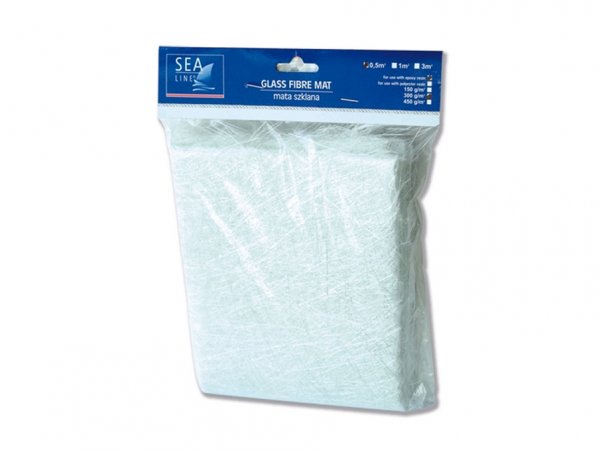
Questa fibra, assieme alle resine da laminazione, è utilizzata per le riparazioni di grossi fori, nelle imbarcazioni, campers, ecc.
Gli elementi riparati possono essere di acciaio, alluminio o vetroresina rinforzati con fibra di vetro. La superfice ottenuta ha una buona adesione, è duratura, resistente agli idrocarburi, olii, grassi e, per periodi limitati a temperature fino a 70°
Questo tessuto è utilizzato nella produzione di laminati in poliestere come rinforzo per la resina. Permette una maggiore quantità di vetro nella laminazione ed una maggiore durata. Nella laminazione permette di utilizzare una minore quantità di resina pur ottenendo dei parametri di resistenza maggiori.
| CONFEZIONE | GRAMMATURA | CODICE | Consumo teorico di resina per confezione |
| 1 m² | 150 g / m² | 4490 | ~ 300 g |
| 300 g / m² | 4493 | ~ 600 g | |
| 450 g / m² | 4496 | ~ 900 g | |
| 3 m² | 150 g / m² | 4491 | ~ 900 g |
| 300 g / m² | 4494 | ~ 1,8 kg | |
| 450 g / m² | 4499 | ~ 2,7 kg |
| CONFEZIONE | GRAMMATURA | CODICE | Consumo teorico di resina per confezione |
| 1 m² | 300 g / m² | 4480 | ~ 600 g |
| 450 g / m² | 4483 | ~ 900 g | |
| 3 m² | 300 g / m² | 4481 | ~ 1,8 kg |
| 450 g / m² | 4484 | ~ 2,7 kg |
| CONFEZIONE | GRAMMATURA | CODICE | Consumo teorico di resina per confezione |
| 1 m² | 200 g / m² | 4464 | ~ 200 g |
| 400 g / m² | 4466 | ~ 400 g | |
| 3 m² | 200 g / m² | 4465 | ~ 600 g |
| 400 g / m² | 4467 | ~ 1, 2 kg |
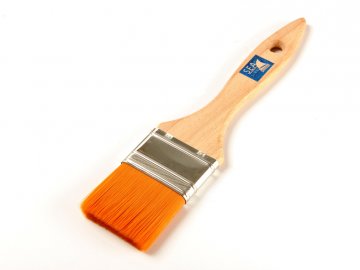
PENNELLO PROFESSIONALE Sea-Line® PENNELLO Sea-Line® RULLI Sea-Line® IMPUGNATURA PER RULLI Sea-Line® VASCHETTA PLASTICA Sea-Line® STECCA PER MISCELARE Sea-Line® TAZZE GRADUATE […]
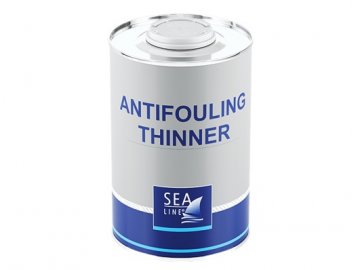
It is very important to use paint thinners, which provide the appropriate parameters of paint – flow, pot life, time […]
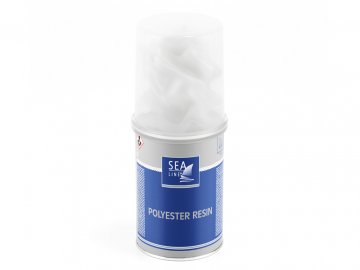
DESCRIZIONE DEL PRODOTTO : La resina poliestere strutturale Sea-Line è adatta per laminazione, rinforzo delle superfici, riparazioni di fori e […]
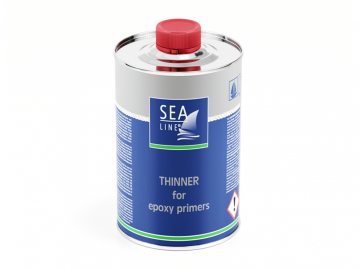
DESCRIZIONE DEL PRODOTTO: DILUENTE PER APPLICAZIONE A SPRUZZO che conferiscono al prodotto le giuste caratteristiche di scorrevolezza nell’applicazione , durata […]
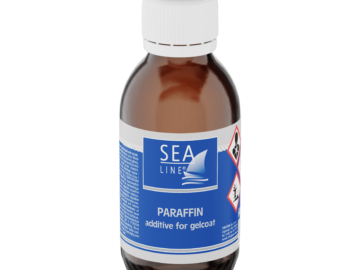
Ci spiace, ma questo articolo è disponibile soltanto in Polacco e Inglese Americano.

Il patch e compensare le irregolarità derivanti da danni durante la produzione

Barca protezione superficiale contro l’influenza di azioni distruttive di osmosi e la corrosione in ambienti difficili

Protezione contro l’acqua e contro gli effetti negativi delle radiazioni UV

Proteggere la parte inferiore della barca prima-tedesco ricoperta di alghe e conchiglie. La prevenzione dell’azione di acqua.

Rimozione efficace di ritenzione graffi, di aggiornamento e il colore del mantello gel o lacca

Laminazione, incollaggio e tappatura perdite

Per il riempimento di piccole fessure e ubyt gemme in gelcoat

Una gamma di prodotti utili quando si lavora costruttore di barche